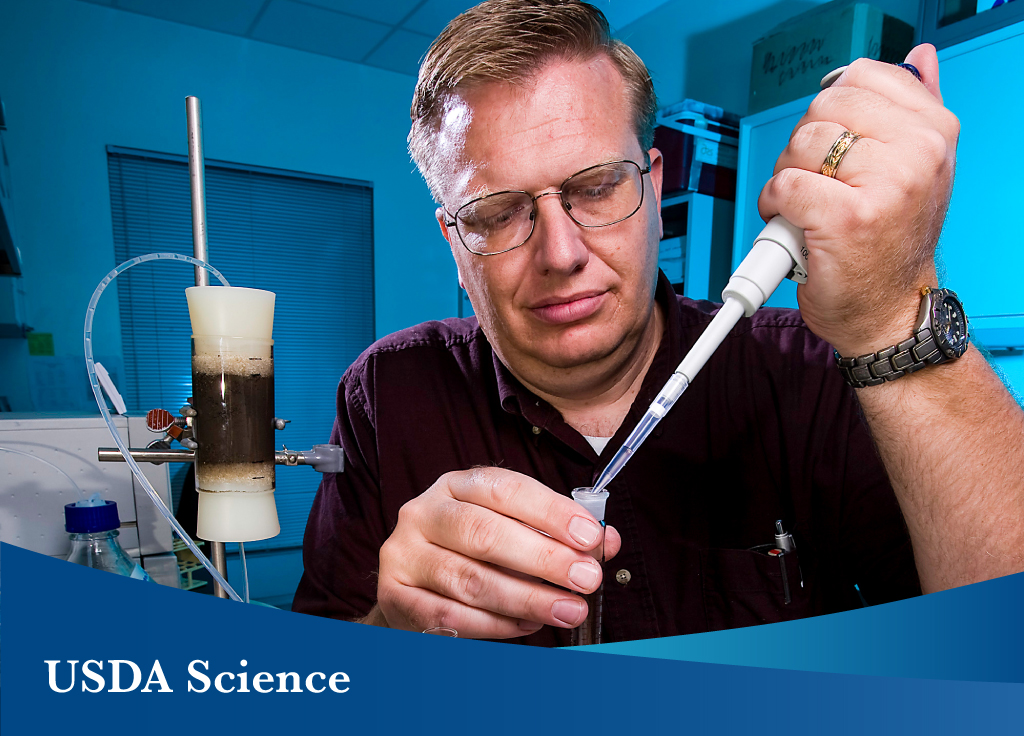Microplastics can develop antimicrobial resistance.
July 13, 2023
Treating and recycling used municipal water for irrigation isn’t a new concept, but there can be an unexpected byproduct of this practice: microplastics.
These tiny bits of post-consumer refuse end up in the sewage system. Microplastics are the result of wear and tear that breaks down tiny pieces of plastic, such as clothing, dishes or plumbing fixtures.
Potentially hazardous materials such as antibiotics can bind to plastics and enter agricultural systems through irrigation wastewater.
According to Clinton Williams, a soil scientist and research leader in the USDA Agricultural Research Service’s Water Management and Conservation Research Division in Maricopa, Arizona, when the waste is used for irrigation, microplastics can accumulate at the soil-soil interface, where antibiotics can be found. It is taken by crop.
These antibiotics can encourage microorganisms to develop antimicrobial resistance (AMR). AMR mutation is a condition in which an organism can no longer survive exposure to an agent that was previously used as an effective treatment.
Wastewater is treated, but treatment plants are designed to remove organic carbon and nitrogen. Antibiotics are present in low concentrations, typically less than 10 parts per billion, so they are not directly eliminated.
Williams and research partners at Clemson University and the University of North Carolina Greensboro are investigating the interactive effects of microplastics and antibiotics in agroecosystems by applying microplastics and antibiotics to soil and then measuring the growth of AMR.
“[Irrigation with treated wastewater] It adds up,” Williams said. “Water is a resource that can be used to increase supply without much cost. [but] If microplastics are found to increase the uptake of antibiotics and other microorganisms into food crops, it may be necessary to remove microplastics from wastewater.
This ARS study supports USDA’s commitment to ensuring a safe food supply and AMR throughout our agricultural system. Learn more about USDA’s role at www.usda.gov/topics/animals/one-health/antimicrobial-resistance-overview-amr.
Research and science




